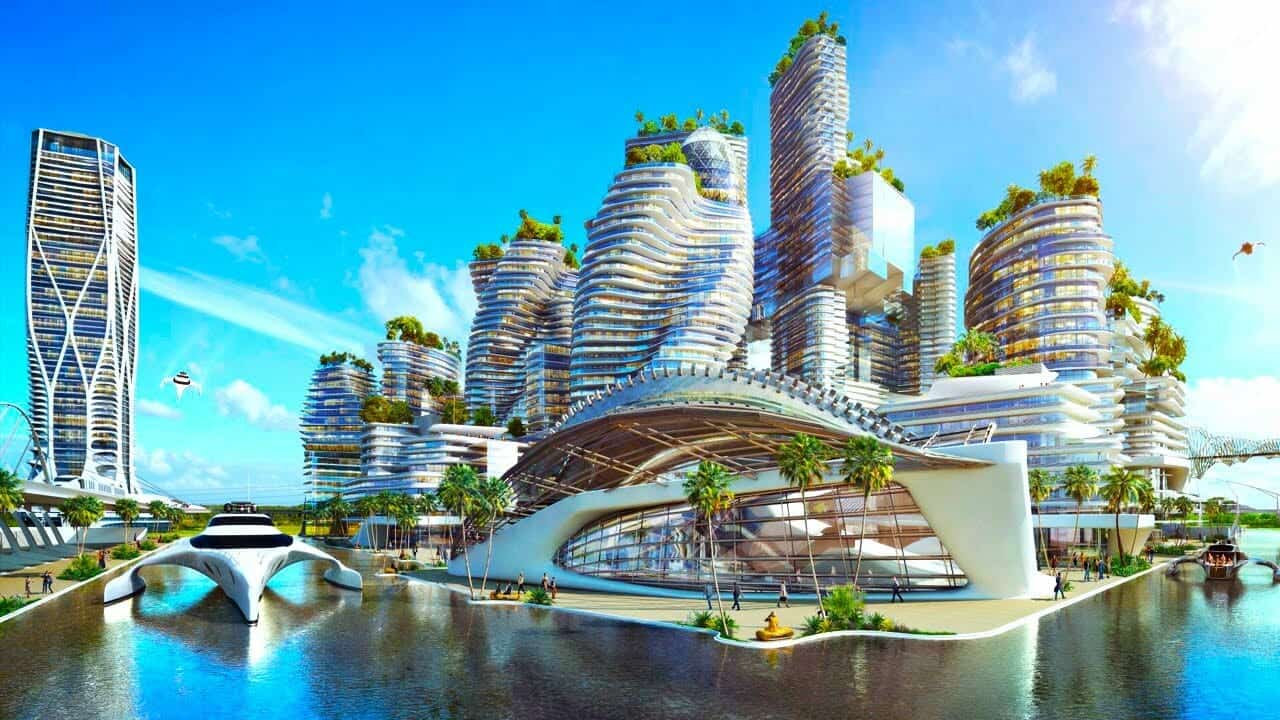As Covid-19 pandemic abates, the countries of the Gulf Cooperation Council are embarking on massive infrastructure projects which, in turn, are generating thousands of jobs.
The UAE and Qatar are hosting global events like EXPO 2020 this October and FIFA World Cup in 2022 respectively and initiating infrastructure projects worth billions of dollars. Other countries such as Saudi Arabia, Oman, Kuwait and Bahrain too have taken up similar projects on a grand scale as part of their effort to diversify their economies away from oil.
Economic revival
According to the International Monetary Fund’s senior economist in the Fiscal Affairs department, Mariano Moszoro, reviving economic activity is a major priority for the GCC countries after low oil prices and COVID-19 pandemic impacted their economies last year.
Based on the data from over 5,600 construction companies from 27 advanced and 14 emerging market economies, the IMF has used an innovative approach to measure the direct employment effect of US$1m of infrastructure spending by country income group and sector—electricity, roads, schools, hospitals, and water and sanitation.
The number of jobs created depends on labour mobility — how easy it is to move across companies within sectors — and labour intensity — defined as the labour effects down the supply chain in a sector. For example, in an emerging market economy with high labour mobility and high labour intensity, around 35 jobs are created in water and sanitation per US$1m of additional investment. In a country with low labour mobility and intensity, that number falls to around eight.
Mariano Moszoro said that in advanced economies, US$1m of spending can generate an average of 3 jobs in schools and hospitals and over 6 jobs in the energy sector, assuming intermediate labour mobility and labour intensity levels.
In low income developing countries, the estimates are much larger and range from 16 jobs in roads to 30 jobs in water and sanitation.
Put differently, each unit of public infrastructure investment creates more direct jobs in electricity in high income countries and more jobs in water and sanitation in low-income countries, he said.
The impact could be higher for green investment, in part because many jobs in renewables do not require much education beyond high school and have low barriers to entry.
Per US$1m invested, around 5–10 jobs could be created in green electricity, 2–12 jobs in efficient new buildings like schools and hospitals, and 5–14 in green water and sanitation through efficient agricultural pumps and recycling.
Investment in research and development can also create jobs—though mostly, if not exclusively—for high-skilled workers. Despite it being a much smaller component of public investment—mostly limited to government institutions and higher education—around four jobs are created in R&D per US$1m invested.
“These results indicate that public spending on infrastructure can make a meaningful contribution to job creation. Overall, one percent of global GDP in public investment spending can create more than seven million jobs worldwide through direct employment effects alone,” the IMF official added.
Projects’ details
In recent months, all GCC countries unveiled major infrastructure projects after vaccination of the majority of the population and a rebound in oil prices boosted confidence among developers.
Saudi Arabia has announced projects like Neom City (US$500m), expansion of Riyadh (US$440m) to make it one of the top 10 cities in the world while the UAE’s Ministry of Infrastructure Development has announced that works were progressing on three key projects worth US$80.3M in Dubai and Sharjah which were expected to be completed in Q4 of 2021.
Construction works on Etihad Rail, new resorts, Mid Field Terminal to meet growing demand for air traffic and shopping malls are under construction in the Emirates.
Oman said it was planning to set up new ports and develop its oil and gas industry and Qatar has been busy with construction of stadiums and laying new roads besides developing the US$45bn Lusail City to meet the growing demand for housing in the coming years.
A flurry of activity in announcing renewable energy projects to produce eco-friendly Green Hydrogen fuel also spurred the construction sector in the region.
According to BNC Network, the Middle East and Africa’s largest database and a major source of construction intelligence, there are 22,631 projects in various stages of construction till July 2021.
The UAE has 12,478 projects followed by Saudi Arabia (3720), Oman (2570), Qatar (2192), Bahrain (784) and Kuwait (613) respectively. The total cost of these projects is said to be US$2.4trn.
Real beneficiaries
These projects certainly help the GCC in its economic diversification programs but it is the economies in countries like China, India, Pakistan, Bangladesh and Nepal will be benefited largely as most of the companies engage semi and unskilled workers from these countries to construct these projects.
While Qatar has said that it will do away the “Kafala” system in a phased manner in order to retain the expats for its unhindered growth, this will be mostly applicable to professionals and skilled personnel from other countries.








